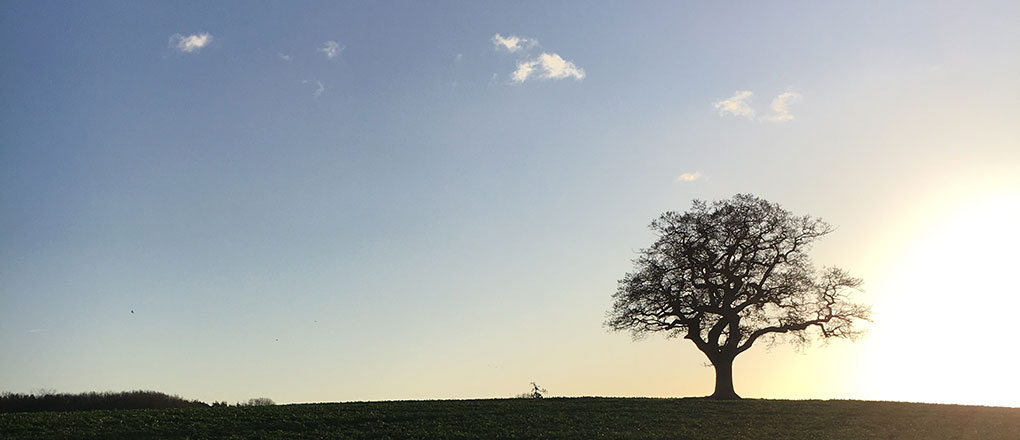
BS5837 Tree Constraints Surveys
Where development or construction is planned on a site with trees, whether for a new house or garage, an extension that requires a planning application or even a large scale housing development, a tree survey in accordance with the British Standard ‘BS5837:2012 Trees in Relation to Design, Demolition and Construction’ will be required as part of a planning application.
We have extensive experience of providing BS5837 Tree or Arboricultural Surveys, Tree Constraints Plans, Tree Assessment Plans, Arboricultural Impact Assessments and Arboricultural Method Statements throughout north, east, west and south Yorkshire, as well as throughout Derbyshire and further afield.
BS5837 Tree Surveys
BS5837:2012 Tree Surveys identify all trees and groups of trees with a stem diameter of over 75mm. As part of the survey, all information is gathered including stem diameter, height, crown spread in 4 directions and the condition of the trees. Trees are categorised for their importance, either as individual specimens or for their position within the surrounding landscape. This information is used to provide the tree with a retention category, which is used by planners to determine how a proposed construction will affect the trees on site.
Tree Constraints Plan
Using the data collected, a Tree Constraints Plan (TCP) is produced to show the location of trees along with the Root Protection Areas (RPA) and crown spread. This information helps with the design of any development, taking the trees into account.
Following production of the Tree Constraints Plan we work with the developer or architect and provide information on the possible impacts to trees and where tree retention is most likely to be required.
The Tree Constraints Plan is supplied electronically in both PDF and CAD format to the client.
Further guidance on Ancient woodland and veteran trees:
https://www.gov.uk/guidance/ancient-woodland-ancient-trees-and-veteran-trees-advice-for-making-planning-decisions
Browse Tree Surveys

IMPORTANT & PROTECTED TREES
The BS5837:2012 Arboricultural Survey aims to identify trees which are protected by law and provides a method of categorising any trees of great significance at an early stage in a project.
Tree Preservation Orders (TPO)
Some trees are protected by a TPO, enforced by the local planning authority (LPA). It is illegal to carry out any kind of work to these trees without first seeking approval from the LPA with a formal application.
Conservation Areas
Trees within Conservation Areas are afforded a similar level of protection to those covered by a TPO. An application should be made to the LPA before carrying out any kind of work to these trees.
Ancient Woodlands
Ancient Woodland sites are those that have been covered by trees since at least 1600 and have therefore become host to a range of species, creating an irreplaceable habitat.
Some species of tree contribute to the classification and identification of Ancient Woodland. They are also responsible for defining whether a hedgerow is classified as ‘important’ under the Hedgerow Regulations. Even though they may lack considerable vertical height, they still contribute to the total number of woody species within the hedgerow.
Veteran & Ancient Trees
Ancient trees, often associated with an exceptionally large stem diameter for the species, are those showing signs that they are truly old. These trees not only provide visual and cultural importance in the landscape but also host a range of species that younger trees do not.
Veteran trees are those that may not yet be old enough to be considered ancient, but exhibit some similar physical attributes, which are valuable to the ecology of the site.
